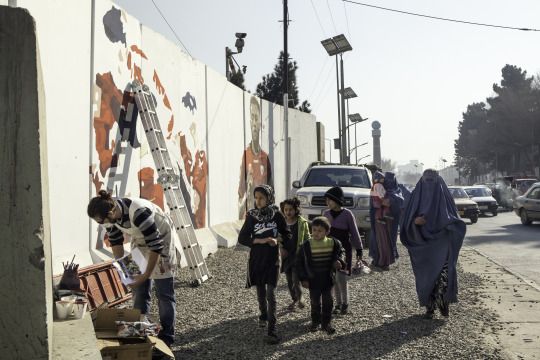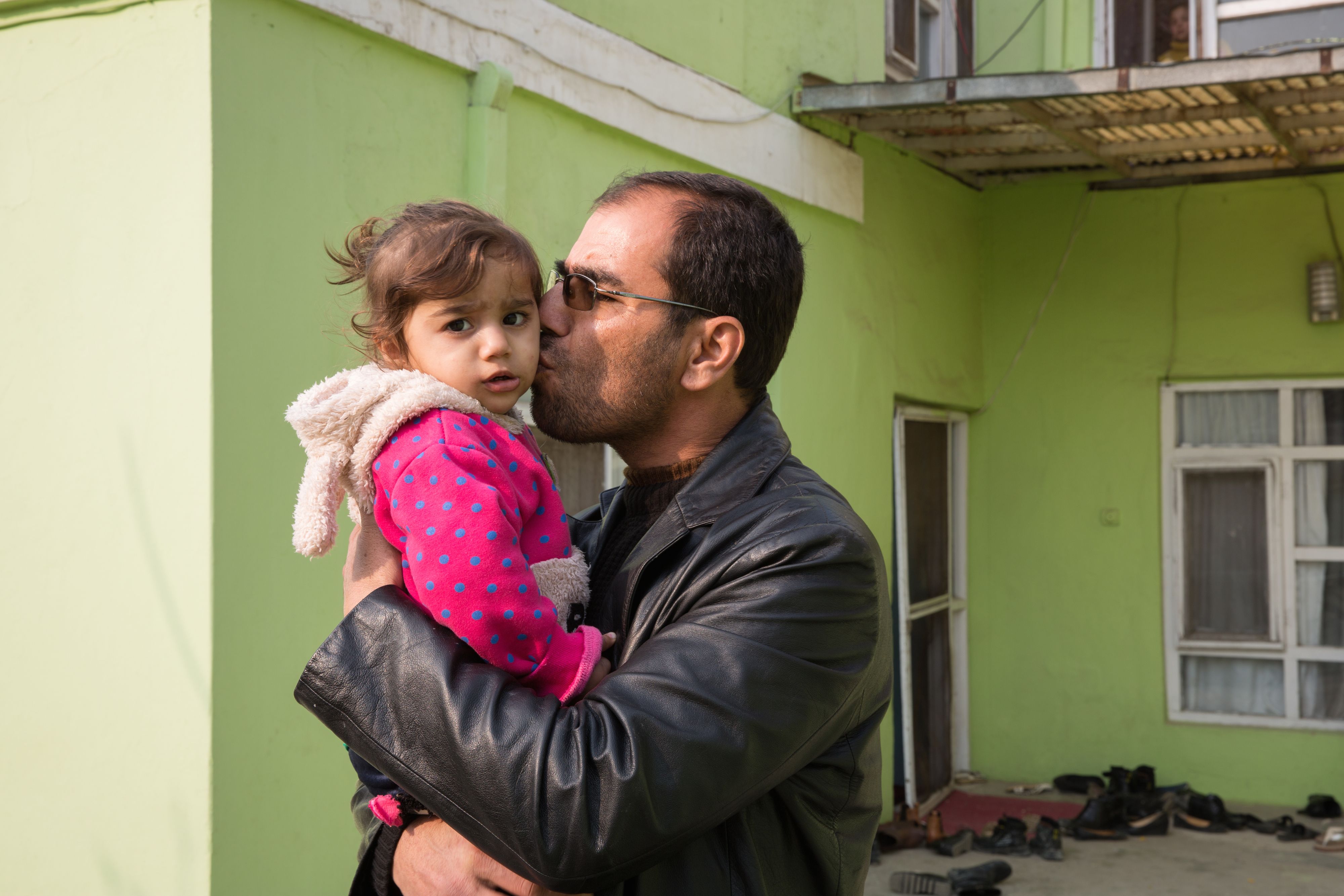Objective:
You will be able to analyze a short film illustrating differing opinions about whether or not the film's subjects should leave Afghanistan in order to evaluate the author’s purpose for creating the film and debate whether the subjects should leave Afghanistan or stay
Warm-up:
1. Make a list of things that you love about your city, things that you think make your city unique.
2. Make a list of things that bother you about your city, things that you wish would change but don’t seem to change.
3. What would it take for you to decide to leave your home? Identify at least one thing that would make you want to leave and be prepared to share that with your class.
4. If you were to leave, what would you miss the most? Be prepared to share your response with your class.
Introducing the Lesson:
Today you will view Alexandria Bombach’s film “Afghanistan by Choice,” which explores the stories of five Afghan people that are debating whether or not to leave Afghanistan amidst growing violence and conflict. The film was shot in January 2016. In April 2016, the New York Times reported that the war in Afghanistan had led to the deaths of 2,000 civilians, and the displacement of an additional 80,000 people. Click here to read more about the history of the current war in Afghanistan.
Before viewing the film, write your responses to the following questions:
- When you think of Afghanistan, what images come to mind?
- Why might someone want to leave Afghanistan now? What are some of the challenges people are facing?
- Why might someone want to stay in Afghanistan?
- If you were in living in Afghanistan now, would you stay or leave? Why?
Introducing the Resource: “Afghanistan by Choice”
As you watch the film, take note of how the filmmaker balances the debate of whether or not the films’ subjects should remain in the country. Use a chart like the one below to keep track of the different perspectives:
|
Why it is better to stay |
Why it is better to leave |
|
(Include the example and who shared it) |
(Include the example and who shared it) |
Note: You can learn more about how Bombach went about creating her film by viewing the "Meet the Journalist" video attached.
Discussion/Reflection:
Use your notes from the chart above to discuss the following:
- What information was new to you from the film?
- How did the author present different opinions about whether or not the films’ subjects should remain in Afghanistan?
- What do you think the subjects in the film should do? Who do you think will stay and who do you think will leave Afghanistan?
- Which subject of the film would you ideally like to follow up with and learn more about? Why?
Using evidence from the film, write a short reflection essay explaining whether or not you think the subjects in the film should leave Afghanistan. If you think the answer is different depending on the subject, be sure to reflect that in your essay.
Extension Activity:
1. Compare Bombach’s reporting to reporting by other Pulitzer Center journalists on Afghanistan. How are the themes alike and/or different? How do the journalists structure their pieces differently to achieve different purposes? Review the following resources:
- PTSD Nation by Jason Motlagh
- Facing Fears: Afghanistan on the Brink by Melissa Fung
- Afghanistan: On Love and Suicide by Eliza Griswold and Seamus Murphy
2. Select one of the projects above and write a short essay that compares and contrasts that project and the film “Afghanistan by Choice.” Be sure to address the following questions in your essay:
- How do the pieces present Afghanistan similarly/differently?
- What do you think the authors goals were in creating their pieces?
- How did the authors structure their pieces in similar/different ways to achieve their goals?
3. Read the New York Times article "Afghans, the Refugees' Refugees" to learn more about the experience of Afghans that did leave the country, and ultimately returned. Note your responses to the following as your read:
- What do you think is the author's purpose for writing the piece?
- How does the author structure the piece to achieve a specific purpose?
- What new information does this article contribute to the debate surrounding whether or not Afghans should stay in the country or leave?
- What are some of the barriers that the subjects face when trying to leave the country?
4. Identify an organization that supports refugees from Afghanistan. Using evidence from the video and articles, create a resource for your community members that explains why they should support the cause you identified.
The following lesson plan outlines reflection and discussion exercises connected to Alexandria Bombach's film "Afghanistan by Choice." The film follows five people deciding whether or not they should leave Afghanistan due to growing conflict and violence. Students will also analyze how Bombach structures her film in order to balance differing opinions about whether or not the subjects should leave Afghanistan.
CCSS.ELA-LITERACY.SL.8.2:
Analyze the purpose of information presented in diverse media and formats (e.g., visually, quantitatively, orally) and evaluate the motives (e.g., social, commercial, political) behind its presentation.
Lesson Facilitation Notes:
1. The lesson plan is written for students to be able to explore the resources independently and reflection exercises independently. However, the plan also includes discussion that may need to be facilitated.
2. Students may need to have an extra sheet of paper, or a blank online document open, to answer the warm up, comprehension and extension questions.
3. The warm up and post-reading reflections in this lesson could also lead to rich conversations. Yoy many want to work through the lesson along with the students and denote moments for interactive activities.
4. With questions about this lesson, contact [email protected]



